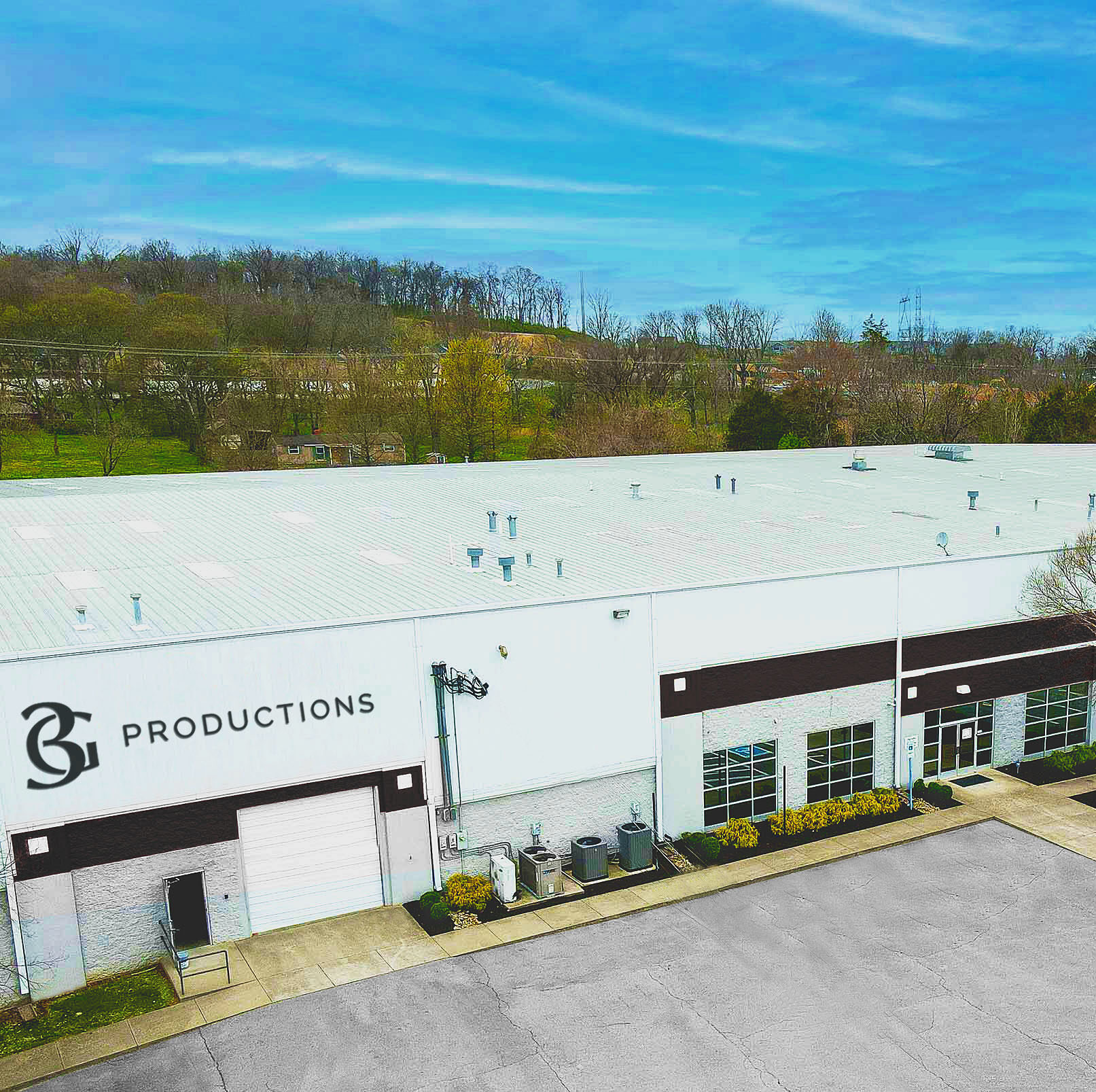BOSTON – When the Boston Conservatory began the Hemenway Project, a $30 million renovation and expansion of its instructional and performance space at 31 Hemenway Street, one directive was clear: The theatre would be equipped with motorized rigging. Students usually operate the rigging during performances by the Dance, Theater, and Music Divisions throughout the private college's academic year, said Richard Parks, senior project manager for the theatrical dealer I. Weiss. Until the renovation began, the Conservatory's theatre had a counterweight rigging system that required students to have considerable training to use it safely.
"Motorized rigging gives the college the ability to have all the students work on various aspects of the show," Parks said. "Not only can the students be trained quickly on how motorized systems work, but they will be ready for the rigging they will find in theatres in their professional careers."
Parks and his team at I. Weiss selected PowerLift motorized rigging manufactured by J. R. Clancy, Inc., from the list of approved manufacturers provided by Auerbach Pollock Friedlander (APF), the theatre consulting firm on the project.
"The school had the primary goal of bringing their performances up to the next level," said Parks. To this end, the Weiss team specified 15 variable speed PowerLift hoists with 1,200-pound capacity for the scenery and electrics.
The PowerLifts can run at speeds of up to 180 feet per minute. Variable speed hoists also expand the range of scene change capabilities. They also offer the flexibility of being mounted horizontally at the top of the stage house, or vertically to the wall of the fly loft.
In this case, APF and the Clancy team determined that the Conservatory's PowerLifts should be installed vertically on one wall of the stage house. This configuration reduced the cost of the installation by making use of the wall on which the counterweight system was installed originally. It also provided easy access to the PowerLifts for required annual inspections and maintenance.
Although this configuration required that the PowerLifts be installed unusually close to the stage, the equipment's low-noise operation helped I. Weiss and Clancy quiet any noise concerns. Clancy's enclosures for each hoist – a blanket-like wrapping – reduces noise concerns further.
Students run the rigging using the SceneControl 500, a controller provided by Clancy that features 3D visualization and a touch screen interface. SceneControl is designed to make it easy for students to select hoists and targets from the graphic display and to create complex cues for dramatic effects.
The I. Weiss team handled the installation of the rigging system, then engaged in a comprehensive testing and inspection procedure for each individual hoist-a step required by APF. "We went through 15 inspection procedures and load testing for each hoist, from running it at full speed to checking the primary and ultimate limits of the brakes," said Parks. "The testing went very well. The owner was very pleased."
Once the system passed this inspection, J. R. Clancy provided a trainer to teach the Conservatory staff to use the system, so they could teach their students throughout the academic year. "They spent two days learning how to operate and program the system," Parks said. "They had the ability to make their mistakes while a Clancy person was there, to tell them how to get out and learn what they did wrong. That was really beneficial."
When questions arose after the training, Clancy was quick to respond, said Parks. "After checkout, there were some responses coming from the control system that we didn't know how to handle," he said. "When I called Clancy, they had one of their control techs here the following morning, and he stayed with us for three days until he was sure the system was working perfectly."
In addition to the rigging system, Clancy supplied a motorized brail fire curtain and curtain sets.
For more information, please visit www.jrclancy.com.



